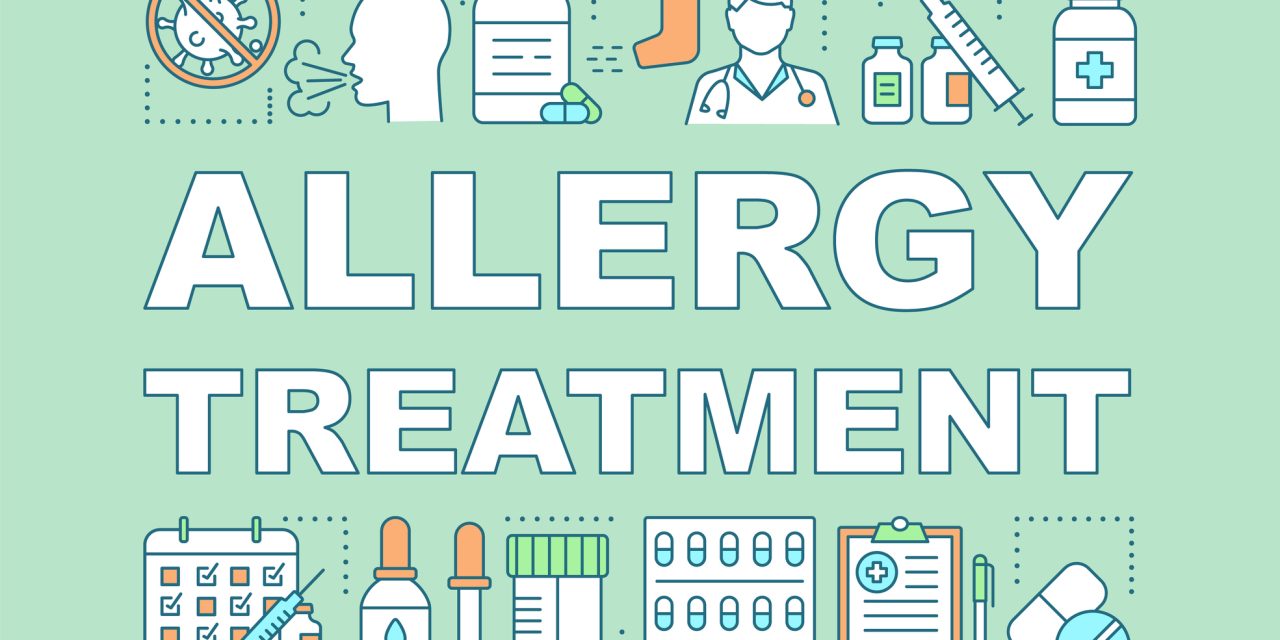To investigate the long-term protection provided by a plasma-derived hepatitis B vaccine in a Chinese rural population 20–31 years following primary vaccination during childhood. Participants were included if they had had a full course of primary immunization with plasma-derived hepatitis B vaccine and had no prior experience with booster vaccination. Blood samples were obtained to identify hepatitis B surface antigen (HBsAg), hepatitis B surface antibody (anti-HBs), and hepatitis B core antibody (anti-HBc). To assess the long-term protection of the plasma-derived hepatitis B vaccination, the positive rates of HBsAg, anti-HBs, and anti-HBc were computed. In all, 949 people took part in the final analysis. Six individuals were found to be HBsAg-positive, resulting in a 0.63 percent HBsAg carrier rate. A total of 468 individuals had an anti-HBs antibody level of 10 mIU/mL and a GMC of 112.20 mIU/mL. The anti-HBs positive rate has shown a substantial downward trend. The average anti-HBc positive rate was 5.90%, which rose with vaccination duration.
At 20–31 years following initial vaccination, the plasma-derived hepatitis B vaccine provided adequate protection. These findings show that a booster dosage is not required. More research on the immunological memory generated by the plasma-derived hepatitis B vaccine is required.
Reference: https://www.tandfonline.com/doi/full/10.1080/21645515.2019.1646575


